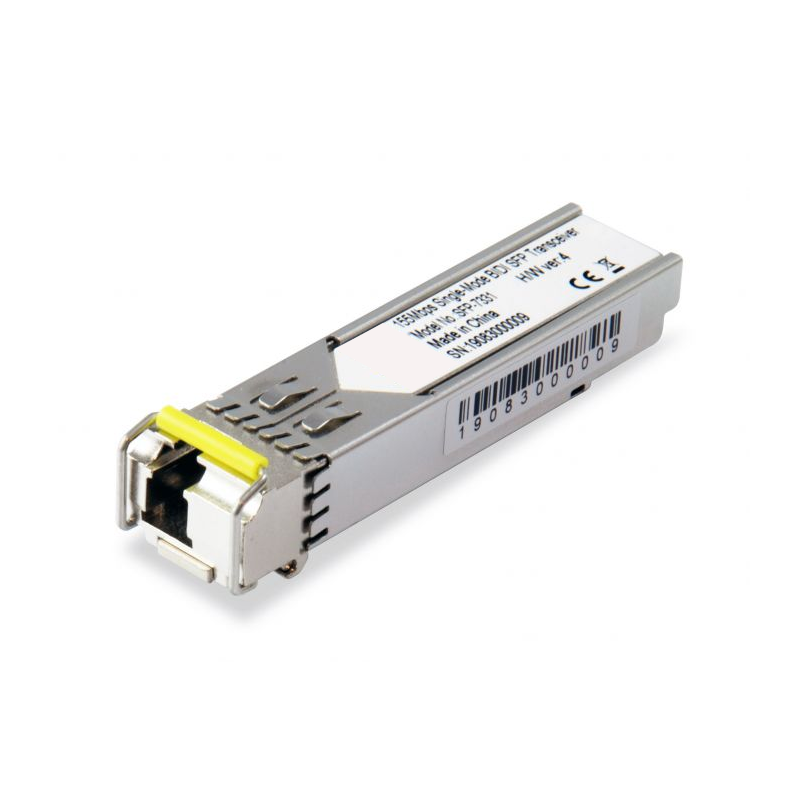
Home » Optical Transceivers » BIDI
Our Testing Standards
Wherever possible, our equipment is tested to ensure that it is in full working order before it leaves the manufacturing facility.
Any test reports that are produced are made available upon request.
We pride ourselves on providing the highest quality of products to our customers at all times.
Compatibility
All the manufacturer branded transceivers that Carritech supply are compatible with the manufacturer switches, icluding brands suchas Cisco, Juniper, HP and Marconi.
Professional Service
At Carritech, we pride ourselves on our industry knowledge and professional service.
You can be assured that our dedicated account management team will assist you with your requirements to ensure that you receive your products as quickly as possible, on time and within budget.
Our experience in the industry, our partners and over 40 years of combined technical knowledge means we are the go-to supplier for your networking needs.
ISO:9001 & ISO:14001 Certified
Carritech are a accredited with ISO:9001 Quality Management and ISO:15001 Environmental Management certifications.
ISO:9001
The ISO 9000 family of quality management systems standards is designed to help organizations ensure that they meet the needs of customers and other stakeholders while meeting statutory and regulatory requirements related to a product or program.
ISO:14001
ISO 14000 is a family of standards related to environmental management that exists to help organizations minimize how their operations negatively affect the environment, comply with applicable laws, regulations, and other environmentally oriented requirements; and continually improve in the above.
Our optical transceiver products (optical transceivers, cables and accessories) come with a comprehensive 3 year replacement warranty. In event the parts develops a fault within the warranty period, we will ship a replacement part at no cost to you in order to minimize any service disruption.
Yuliya Danilenko has over four years of experience as an International Account Manager, specializing in Level 3 Remote Technical Support.
She assists large-scale multinational organizations, fixed and mobile operators, and leading equipment manufacturers worldwide in supporting legacy telecom equipment, generating additional revenue, and reducing operational expenses (OPEX).
In her leisure time, she loves travelling and exploring different cultures.
As an international Account Manager for Carritech Telecommunications, Javier assists large fixed and mobile operators in supporting their legacy telecom equipment, particularly in Italy and LATAM. He ensures that the company delivers the best value to customers across all services specialized in legacy telecom equipment.
In his free time, Javier enjoys sports and is an avid fan of soccer and motorsports, including Formula 1 and MotoGP. He also considers himself a lifelong learner, seizing every opportunity for growth.
Aligned with the values of Carritech, Javier is committed to helping more operators worldwide achieve their environmental goals and continue to leave a positive footprint.
Christian brings over a decade of IT industry experience and 5 years in the telecom industry to his role as an Account Manager at Carritech, with a focus on optical transceiver solutions and GPON technology.
As a trilingual person speaking French, Spanish and English, he manages operations in French-speaking countries and communicates with international traders from around the world. Christian will step outside his comfort zone to find the most effective solutions to your challenges.
In his free time, Christian enjoys playing rugby and trekking in the mountains of Madrid.
Luis Alvarez brings more than 5 years of experience in the telecom industry. With a focus on optical transceiver solutions, he adeptly meets the diverse needs of Carritech’s international clientele, particularly in Spain and Latin America.
Known for his consultative approach, Luis ensures clients receive customised, effective network solutions.
When not enhancing telecom infrastructures, Luis enjoys working out, exploring scenic routes with his dog and participating in local events.
Shane Driver brings over 12 years of telecom industry experience to his role as Senior Account Manager at Carritech.
With a focus on Network Hardware Support Services, Shane meets the diverse needs of Carritech’s international clients, particularly in the UK, Ireland, and mainland Europe. Known for his customer-centric approach, Shane ensures his clients receive support solutions that align with their unique requirements.
Outside of telecommunications, Shane enjoys swimming, playing golf, and spending time with his young family.
Yura Saskevych has over a decade of vast experience in sales of telecommunication hardware and network services support. He is the Director of Global Accounts at Carritech and holds a Master’s Degree in Electrical Engineering.
Having been focused extensively on transport (Optical and MW), Access and Core Networks, Yura has successfully helped customers worldwide extend the life of existing telecommunication networks, reduce expenses and meet their environmental goals.
With a strong background in the telecom industry, Yura will engage with clients with a customised approach, provide required solutions and ensure that their telecom systems are running smoothly.
Adept at working simultaneously on multiple accounts with the highest accuracy and professional salesmanship Yura collaborates closely with engineers, technicians, the procurement department and project managers to plan, adapt, and optimize customer network solutions.
Yura is passionate about delivering innovative and cost-effective solutions that meet performance, security, and quality standards.
When he’s not enhancing telecom infrastructures, he enjoys doing sports, gardening and exploring scenic routes.
Miguel Asín Barcos serves as the Sales Director at Carritech, where he focuses on driving revenue growth and enhancing customer satisfaction.
Based in Madrid, Miguel draws on his more than 20 years of experience in the telecom industry to lead and support his sales team.
Outside of telecommunications, he enjoys football, watching movies, and spending time with his family.